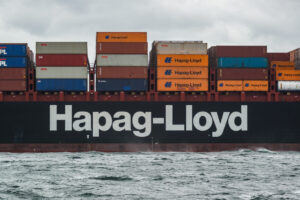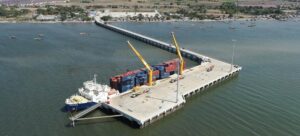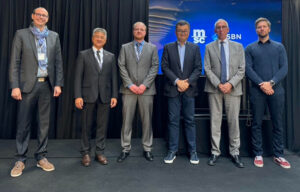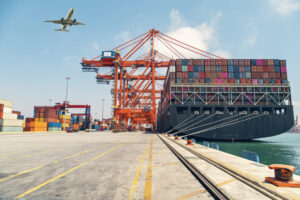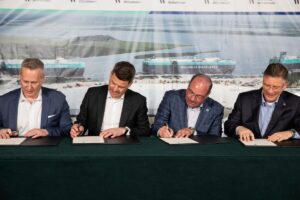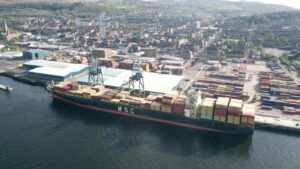An article published by Computer Business Review shows the five future technology trends which could shape the way that global businesses operate.
With the development of totally autonomous ships, eVGM container weighing and breakthroughs in creating an environmentally friendly maritime industry, the port and shipping world are concentrating more efforts in technological research and investment.
The top five tech trends are:
-
Serverless Computing
Serverless computing is a computer system which isn’t constrained by a server or even a virtual server; this removes the need for server updates, negates capacity restrictions and logging.
It also allows for greater security controls over data. Pivot3’s serverless computer system was a product of the year finalist in 2008, and in 2009 they had added NVR recovery to allow repeat access to sensitive video data without using complicated and easy to hack servers.
-
Edge analytics
Edge analytics allows for data to be analysed at the source of its collection, and also to independently be kept dependent on its worth. This frees up time, data storage and strain on networks.
In maritime and shipping, the ability to quickly have data collected, sorted and analysed at the source of receiving it can be invaluable when massive volumes of VGM data are being processed every day, or the source of the data is out to sea such as on a vessel or on an oil rig.
In June 2016, Liebherr had announced its use of edge analytics in its LiDAT smartApp, which it used to collect crane data and have it analysed almost immediately.
-
The device mesh
Device mesh is a technological development that moves away from physical date handling and more towards corporate connections. It can involve all the devices used by a company and allows the collective access to both applications and people, improving knowledge sharing and business networking.
-
Platform economy
A platform economy allows consumers to have access to a wide range of vendors and services from the same core network; this removes the restrictions that previously occurred due to lock-ins with individual vendors.
-
Ambient User Experience
The ambient user experience uses virtual reality to encompass visual and audio communications into a real-time physical conversation with another human being.
With international business being a huge part of the port and shipping industries, it could be a breakthrough in communications for ports and cargo handlers.
Containers have already been used to create an artistic ambient user experience, allowing people to have real-time virtual reality conversations with refugees to raise awareness and support.
5 Must-Read Automation and Training Tech Papers
In the port industry, IT and Big Data analytics are upcoming trends, with port operators such as DP World listing Big Data and the Internet of Things as being one of the top five trends to shape the port and terminal industry in the near future.
Big Data is a term which needs further understanding. However, APMT recently argued that the highest potential for Big Data in ports is through sensors and would trigger the power of data in this type of environment.
Companies such as TBA, who recently won the award for best logistics Automation Company, are pioneering virtual reality and simulation techniques in order to provide better opportunities for staff training.
PTI-TBA recently launched its online training portal, which aims to provide an online training experience for operator staff in a bid to increase productivity.


